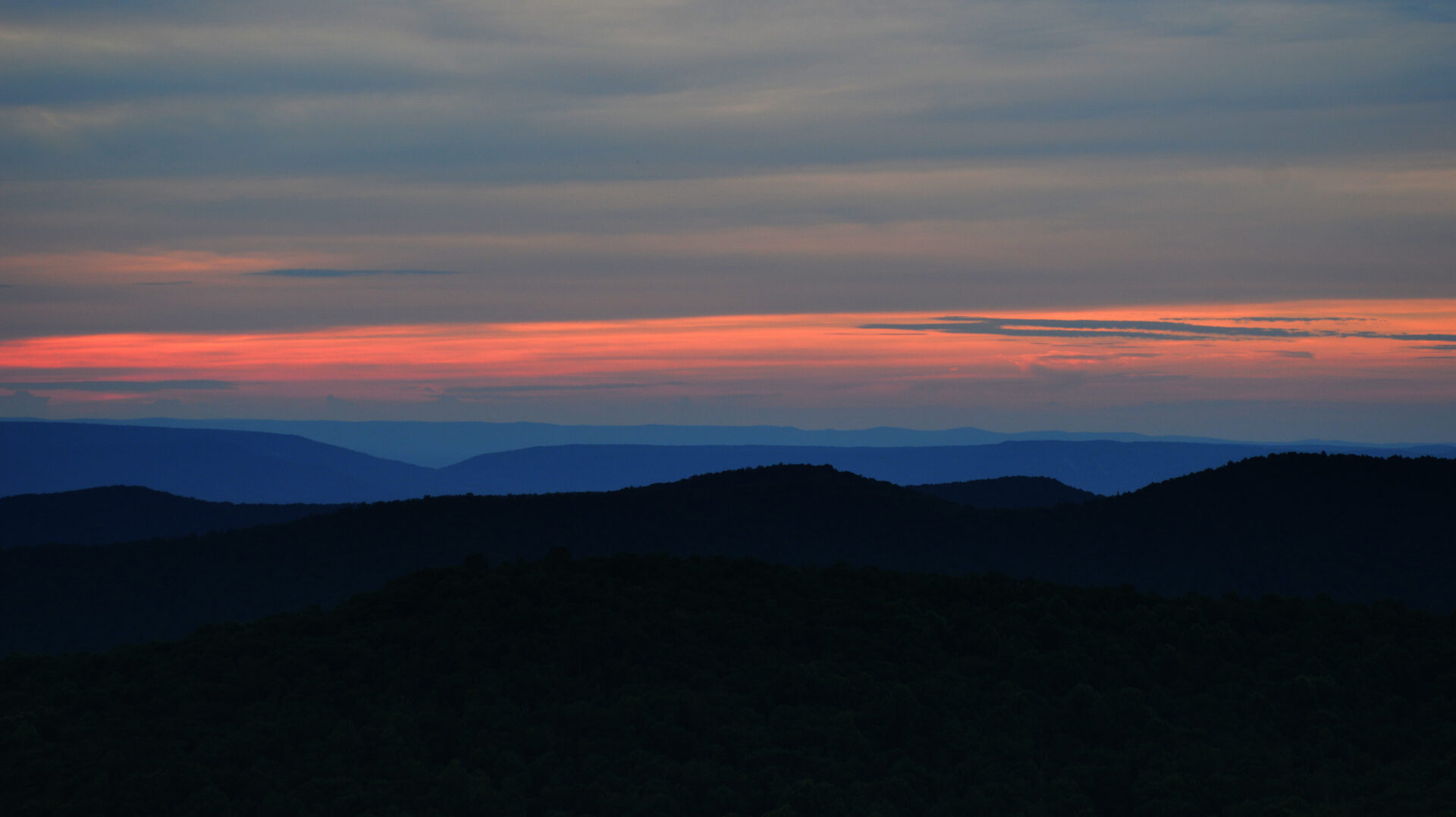In September 2023, the Cincinnati Museum Center debuted Ancient Worlds Hiding in Plain Sight, a new permanent exhibit paying tribute to the Paleozoic fossils of Ohio, Kentucky, and Indiana. The exhibit gives special focus to the rich fauna preserved in the Upper Ordovician strata of the Greater Cincinnati region, but also includes Silurian, Devonian, Mississippian, and Pennsylvanian fossils from the broader tri-state area.
I illustrated eleven vignettes for Ancient Worlds reconstructing the fauna and paleoenvironments showcased in the exhibit with vibrant color to highlight the invisible diversity of these extinct organisms.
Bivalves
Late Ordovician bivalves (clams) on a muddy bottom. Fauna includes Ambonychia, Caritodens (left background), and Modiolopsis (infaunal).

Brachiopods
Middle Devonian brachiopods from the Silica Formation of northwestern Ohio.

Bryozoans
A range of Late Ordovician bryozoans, including branching and foliated trepostomes, Constellaria, blade-like Escharopora, and Spatiopora encrusting the cephalopod in the background. The paleoenvironment is representative of the Fairview Formation (lower Maysvillian Stage).

Cephalopods
A school of orthoconic nautiloid cephalopods (Treptoceras duseri) from the Waynesville Formation of Ohio. Their pinstriped color pattern is based on rare well-preserved specimens that exhibit longitudinal striping, as well as the rusty brown patterns of the modern Nautilus.

Corals
Corals are nearly absent from the earlier parts of the Cincinnatian (Edenian and Maysvillian Stages) but they arrive with a vengeance in the Richmondian Stage, as characteristic elements of the so-called “Richmondian Invasion”.

Crinoids
An assemblage of Mississippian sea lilies from the Crawfordsville crinoid Lagerstätte of western Indiana.

Edrioasteroids
Cincinnati’s official city fossil Isorophus cincinnatiensis seated atop its preferred substrate, the strophomenid bachiopod Rafinesquina. The yellow edrioasteroid in the upper right is another species, Carneyella pilea.

Graptolites

Stromatoporoids
Stromatoporoid sponges in very shallow water. These sponges are found in lagoonal deposits in Kentucky, along with gastopods and possible algae.

Trilobites
Flexicalymene trilobites cluster under a grove of bryozoans, exhibiting various behaviors: enrolling, molting, and burrowing (which forms the coffee bean-shaped trace fossil Rusophycus pudicum).

End-Ordovician Mass Extinction
During the Hirnantian Age at the end of the Ordovician, polar glaciation resulted in a major drop in sea level, turning the margins of the shallow midcontinental sea into tidal mudflats.

All Ancient Worlds illustrations are copyright © Cincinnati Museum Center.
